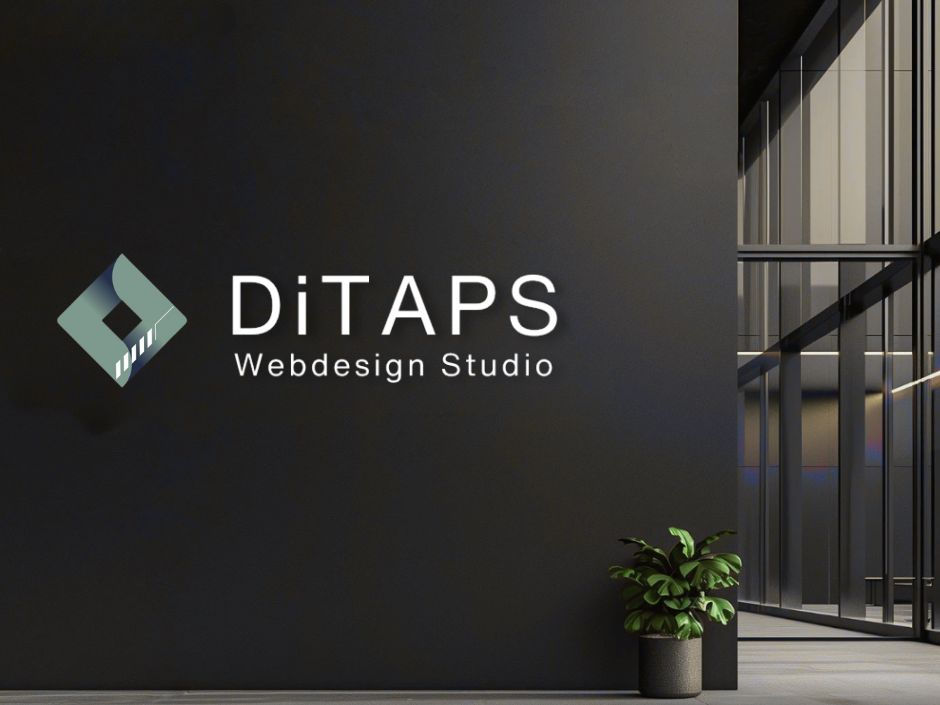Building a Successful Website: Strategies for Design and Functionality
- Sneha Shah

- Jul 30
- 3 min read
Updated: Sep 10
FUNCTIONAL ELEMENTS | AESTHETIC ELEMENTS | USER EXPERIENCE

Creating a website that is both visually appealing and functional is essential for driving business success. In this post, we will explore the key elements of effective website design. We will focus on both functional and aesthetic aspects that contribute to a seamless user experience.
Understanding Functional Elements

A truly effective website starts with a robust functional foundation. This ensures your site serves its purpose, engages visitors, and contributes directly to your business goals. We focus on four key functional pillars:
Business Overview
Clearly articulate the purpose of your website. Determine whether it is focused on revenue generation, brand awareness, or a combination of both. Identify your products, services, unique selling propositions, and the challenges present in the market.
For example, a data center website should aim to streamline client onboarding processes while emphasizing long-term cost advantages. An e-commerce website must effectively showcase its products with impressive, detailed descriptions. It should also establish a straightforward checkout procedure. In the case of healthcare and hospital websites, fostering trust can be achieved by highlighting innovation, expertise, and client testimonials.
Target Audience
Develop detailed visitor profiles to tailor content. Consider their needs, preferences, demographics (e.g., professionals aged 25-50, tech-focused), and online behavior. This will help craft personality-driven experiences that resonate with your audience.
Content Mapping
Align your content with visitor profiles. Incorporate compelling calls to action (CTAs), testimonials, FAQs, and case studies to build trust. Additionally, integrate industry-specific SEO keywords for optimal search engine visibility. This will enhance your website's discoverability.
Website Blueprint
With a clear understanding of your business, audience, and content, streamline information flow. Design an intuitive sitemap that outlines pages and sections. Create navigation that guides users to desired actions, making their journey seamless.
Aesthetic Elements: Crafting the Experience

Once the functional backbone is solid, we infuse aesthetic principles to create a visually impressive and user-friendly website. These elements ensure your message is communicated effectively and leaves a lasting impression.
Minimalism & Typography
Embrace clean lines, simple graphics, and straightforward navigation. Strategic use of bold typography creates visual anchors. This highlights key messages and improves readability. Remember, less is often more when it comes to clarity.
Mobile-First Approach
Design with smartphones in mind first, then scale up for larger screens. This ensures a seamless experience for the majority of users. Prioritizing responsiveness and accessibility across all devices is crucial.
Color Palette & Dark Mode
Select industry-appropriate colors, complemented by vibrant accents. Consider incorporating dark mode options, which have gained significant traction, to enhance user comfort and modern appeal.
In order to discover the ideal color palette or to create a color scheme that harmoniously complements your favorite images, you may utilize the various tools available on this platform.
Interactive Storytelling
Create an immersive experience with dynamic features. Use subtle animations, engaging hover effects, and smooth scrolling. These elements draw visitors deeper into your content and brand narrative.
User Experience: The Ultimate Goal

Ultimately, the synergy between functional and aesthetic design culminates in an exceptional user experience (UX). A well-crafted UX not only engages visitors but also significantly impacts retention and conversion rates.
Intuitive Navigation
Users should effortlessly find what they need. Clear, consistent navigation reduces frustration. It guides them efficiently through your site's offerings, fostering a positive interaction.
Optimized Performance
Lightweight graphics such as images, videos, and gifs, along with efficient coding, ensure quick loading times. A fast website prevents bounces and provides a smooth browsing experience, which is crucial for user satisfaction. Optimization also supports sustainable web design model and generate low carbon footprint, making it environment friendly website. Note, clients are likely to abandon a website if it fails to load within three seconds; therefore, it is imperative to adhere to the fundamental principle of maintaining a website load time of under three seconds.
Ditaps.com is low carbon footprint website. Only 0.44g of CO2 is produced every time someone visits this web page. You may check your website carbon footprint here https://www.websitecarbon.com
Accessibility Features
Designing for all users, including those with disabilities, broadens your audience and demonstrates inclusivity. Accessibility features like proper alt text and keyboard navigation improve overall user retention.
By focusing on these core principles, we ensure your website is not just a digital brochure but a powerful tool for business growth and customer engagement.
Conclusion: The Importance of Strategic Design
In conclusion, building a successful website requires a strategic approach to both functionality and aesthetics. By understanding your business goals, target audience, and the importance of user experience, you can create a website that not only looks great but also drives results.



Comments